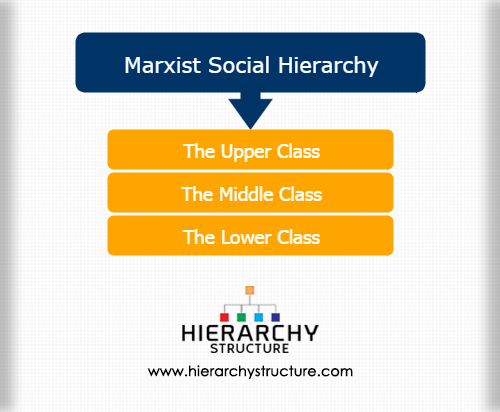Karl Marx’s theory of socialism described clearly the social hierarchy that existed between different classes of people. This theory is commonly referred to as Marxist social hierarchy and has an everlasting impact on the field of sociology. This theory helps one understand how a person’s social class has an obvious influence on the life chances and experiences.
Karl Marx also went onto say that one’s social class had an impact on his social life. The social element according to him which would determine where a person fit into social hierarchy was ‘means of production’. This means that he who owned the resources had a better position in the society. To understand the three classes and hierarchy among them, you can read the following given information.
The upper class
According to Marxist social hierarchy, the upper class was that highest class which consisted of people who were wealthy, owned land, and owned factories. These were the people who had maximum access to luxuries in life and controlled many elements of society including livelihoods of the lower or working class. This class was also commonly referred to as the capitalists or the ones who owned means of production and purchase of labor power of others. They were powerful and also had strong connections.
The middle class
The middle class or the working class came next in line in the social class structure according to Marx. These were the individuals who themselves did not own any land or factories and neither did they have the ability to purchase the labor power of others. On the contrary, this class of people sold their own skills and hardwork to the upper class so as to make a living and earn money. This class worked hard to live a comfortable life and didn’t enjoy many luxuries like the upper class.
The lower class
At the bottom of the hierarchical order was the lower class. This was the class which had low income and economical status in the society and were often looked down upon. According to Marx, class was defined by property relations and not really by income or status and the lower class had minimum property of their own and in most cases, none of it at all. They lived in small houses on rent or the accommodation given to them by their masters or people of the upper class in those days.
Know about Cuban social hierarchy.

